
PREFACE
This article is reviewed for the aesthetic discussion of the "Space" and "Time" concept aroused by the exhibition 《Daisuke Miyatsu: 25 years of video art - A point of transit signals from East and South East Asia》 presented by ALIEN Art Centre. When the digital programming of art is thought as a reification of media, space and installation, how could it be transformed into our method of resourcing for sustainability, when it comes to our ordinary living. We invite designer Gary Chang shares with us by his practical model of imagination/records/recreation of space, which could be thought as the cradle of civilization development.
CONDITIONS: How city intensifies
INTENSITY describes the state of things, literally a kind of immaterial density that pervades the city as a general culture. It is vigorous, but does not necessarily embody a physical form. On the one hand, the extreme form of urban intensity is represented by the massiveness and rapid occurrence of (and between) individual events*. This particularly refers to the events that come in a gigantic scale and disappears without any traces.
DENSITY is a term commonly used by others when referring to Hong Kong. While this is true, the often overlooked spirit of the city, lies in its intensity. Geographically and politically speaking, Hong Kong is its own boundary. There is simply no room for horizontal expansion. As a result, intensity is more so intensified in such an environment when imposed with such a constraint.
Looking back on the histories of the dominant Chinese cities of today, their developments are more or less based on simultaneous horizontal and vertical expansions. Shenzhen, a prime example of a new city which has emerged since the last twenty years, has never ceased to sprawl outwards. Historical cities like Shanghai and Beijing, in addition to their rapid redevelopment in the old city areas, they have also been incorporating their peripheral provinces to grow to such unprecedented sizes. Hong Kong, on the other hand, is a city which has continued to thrive on its own intensification, which in itself is a truly unique scenario, hence a worthwhile case study.
Below we propose a framework of reading in four conceptions: Change, Choice, Connection and Co-existence to further elaborate the idea of an intensified city. They are not in sequence, nor do they represent any hierarchy. Instead, they are in close relationship to one another, but the relationship is not explicitly linear.
EVENT is any action which takes place in any space at any point in time.
CHOICE
Choice is a manifestation of desire, both on an individual and on a collective level. It allows for the identification of the limitations in resources and in the system, and gives room for reconfiguration. Choice can be regulated but not completely controlled. It is provided through a matrix of considerations that takes into account the existing conditions and the imposed forces. While the external and internal constraints are revealed through the reading of choices, a maximum of possibilities can also be attained through creating flexibility under the same conditions.
Choice is medium through which flexibility and adaptability are realized. To the creator of the system, sensible choices point to the addition of true-values to the system, instead of events that will further complicate the relationship matrix. It entails a thorough understanding of the relationships within the system, which hopefully will be passed onto the user, allowing the user to take command and recognize the possible changes.
COEXISTENCE
Coexistence refers to the existence of a disorganized clutter of events to become an organized system by establishing relationship between the events through stressing their similarities over differences. Events are encompassed in terms of associative relationship instead of exclusion. It attempts to give sense to a collection of different events by association of similarities. At the same time, coexistence respects the essentiality of difference in acknowledging that the events are similar but different. It encourages diversity of events and seeks the neglected potential of events within the system.
The co-existence approach favors diversity instead of homogeneity, providing more choices and allowing for greater flexibility within the system. It makes possible the accomplishment of a same task through multiple trajectories. It also encourages adaptation and reuse instead of imposition and erasure. Under the parameters of limited resources and tight spaces, events are allowed to self-develop throughout their varied life spans, creating a possibility of generating a systemic value that is greater than the sum of the values of individual events.
CONNECTIVITY
Connectivity is about constructing relationships between systems to form a super-system. A super-system embeds a number of systems varied in scales and natures. The relationship between systems is in total fluidity, meaning that they are neither structured under a disciplined order nor a chaotic disorder, but forms a super-system with unfixed in-between space where individual systems submit to the super-structure without fixed loci. The simultaneous presence of inter-related systems, morph into a dynamic organization that perpetuates the underlying complexities in convergence.
Connectivity evokes a matrix of relationship and a platform for interaction. It results in a separate super-system that contains numerous existing systems, making possible the functioning of different systems as components that complement and supplement each other, minimizing the competition for resources while working together as the super-system. In short connectivity opts for a strategic construction to exploit complexities to their full potentials.
CHANGE
Change is the universal potentiality of everything: anything may be created from such a process. The significance of it is founded in its existence only in the time space. Change, as an event in time, only unrolls over the boundaries and structures of space. Its effects (outcomes) have no final form, but only intermediate products in the process of transformation. It is a way to shape the events, the relationships of events and ultimately, the system of events.
The recognition of change at the beginning of the system formation acts as a set of conditioned flexibilities that allows user’s customerization under different needs. As such, the strategy of change is to provide a ground for change, meaning that the focus is about establishing the rules of relationship through providing the logic for change, instead of designation of options.
CONCLUSION
The above discussion is an attempt to delineate the logic of a city’s operation where efficiency and intensity are resulted through a more improvised than structured model. Though the 3-dimensional cityscape is breathtaking, it is the non-visual based pragmatism behind that affects such realization. After all, it is this 4-C approach that is able to avoid any kind of preclusive visualization of an urban landscape; and more importantly, it allows for an ultimate escape from any disguised ambition of ideal city.
About Gary Chang and EDGE Design
EDGE Design is an award-winning studio for innovative multidisciplinary design founded in 1994 by Gary Chang. With experience of a quarter century in design, the Hong Kong based studio continues to pursue its fascination on original and creative solutions to accommodate the ever growing global population. DOMUS Magazine has recently recognised EDGE as one of the top 100 best architecture firms in the world.
Our projects range from the scale of urban planning, architecture, interior, exhibition, to the scale of art installations, furniture and tableware. Our core design ethos reflects on spatial urban dynamics, with a framework which summarises the 4Cs of an intensified city - Change, Choice, Connection and Coexistence.
Our methodical and active design approach aims at making positive changes to the environment through being conscious of sustainability from finite projects and resources. We grasp onto the vast design potential from working closely together with clients and specialists, striking a balance where we could be of greatest contribution between clients’ ventures and our studio practice. This cross-disciplinary approach has enabled us to offer an efficient and broad range of design services for both local and international clients.
Domestic Transformer , 2007 © Gray Chang
Domestic Transformer, 2007 © Gray Chang
The Arch, 2014 © Gray Chang
Suitcase House, 2002 © Gray Chang
HKIA and Architects Registration Board Office,1997 © Gray Chang
Private Music Studio, 2016 © Gray Chang
Trick and Treat, 2011 © Gray Chang
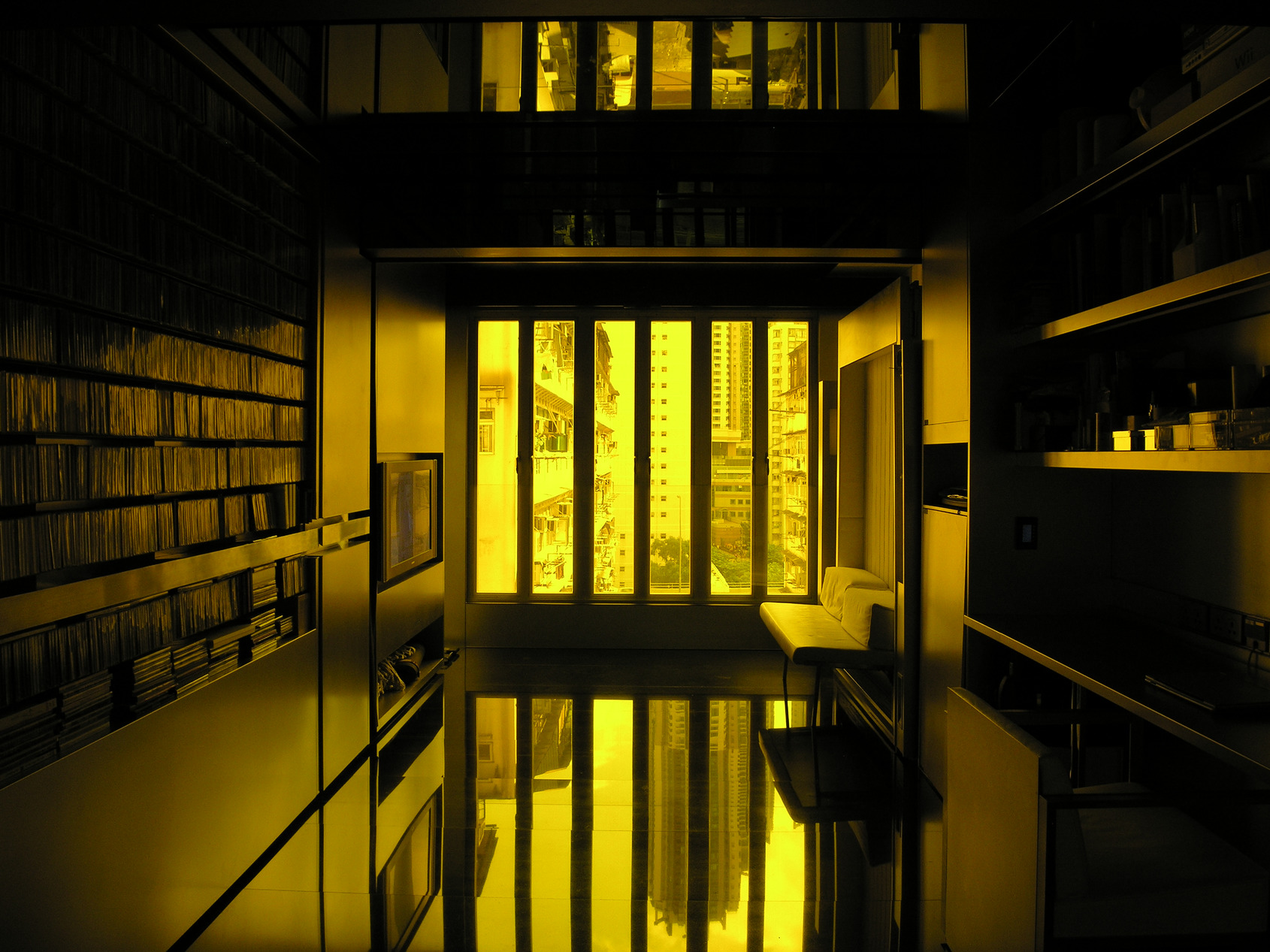
Domestic Transformer , 2007 © Gray Chang
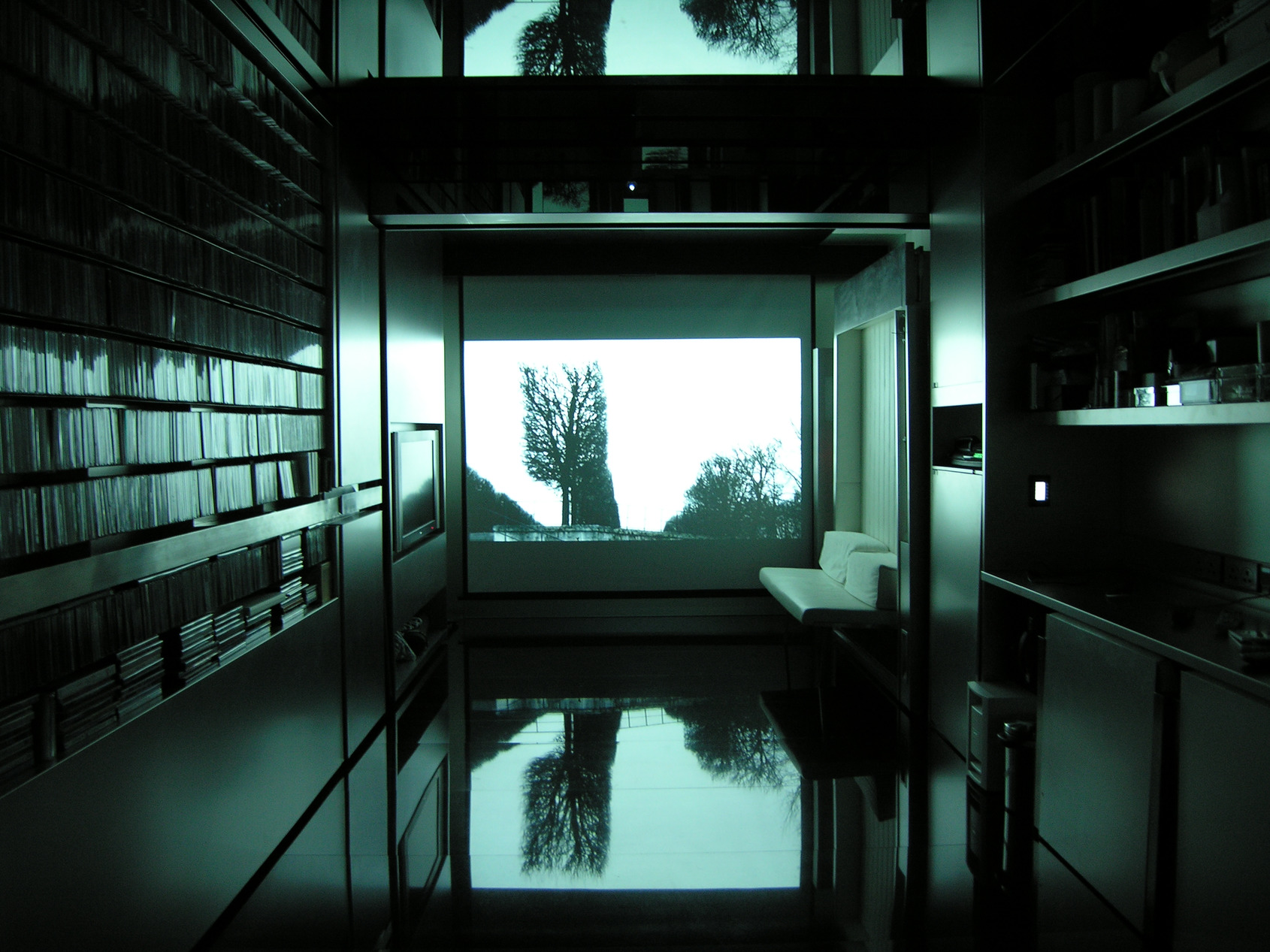
Domestic Transformer, 2007 © Gray Chang
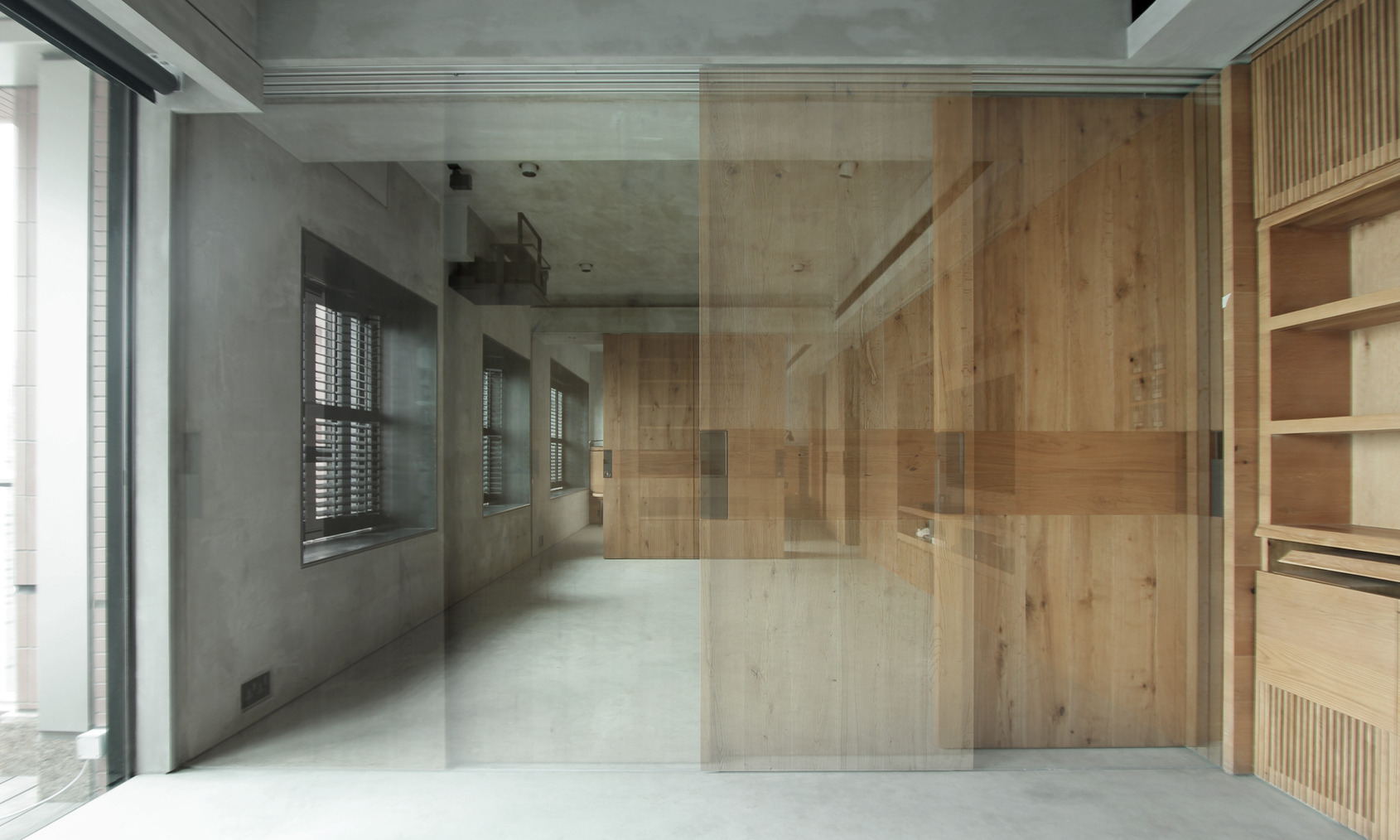
The Arch, 2014 © Gray Chang
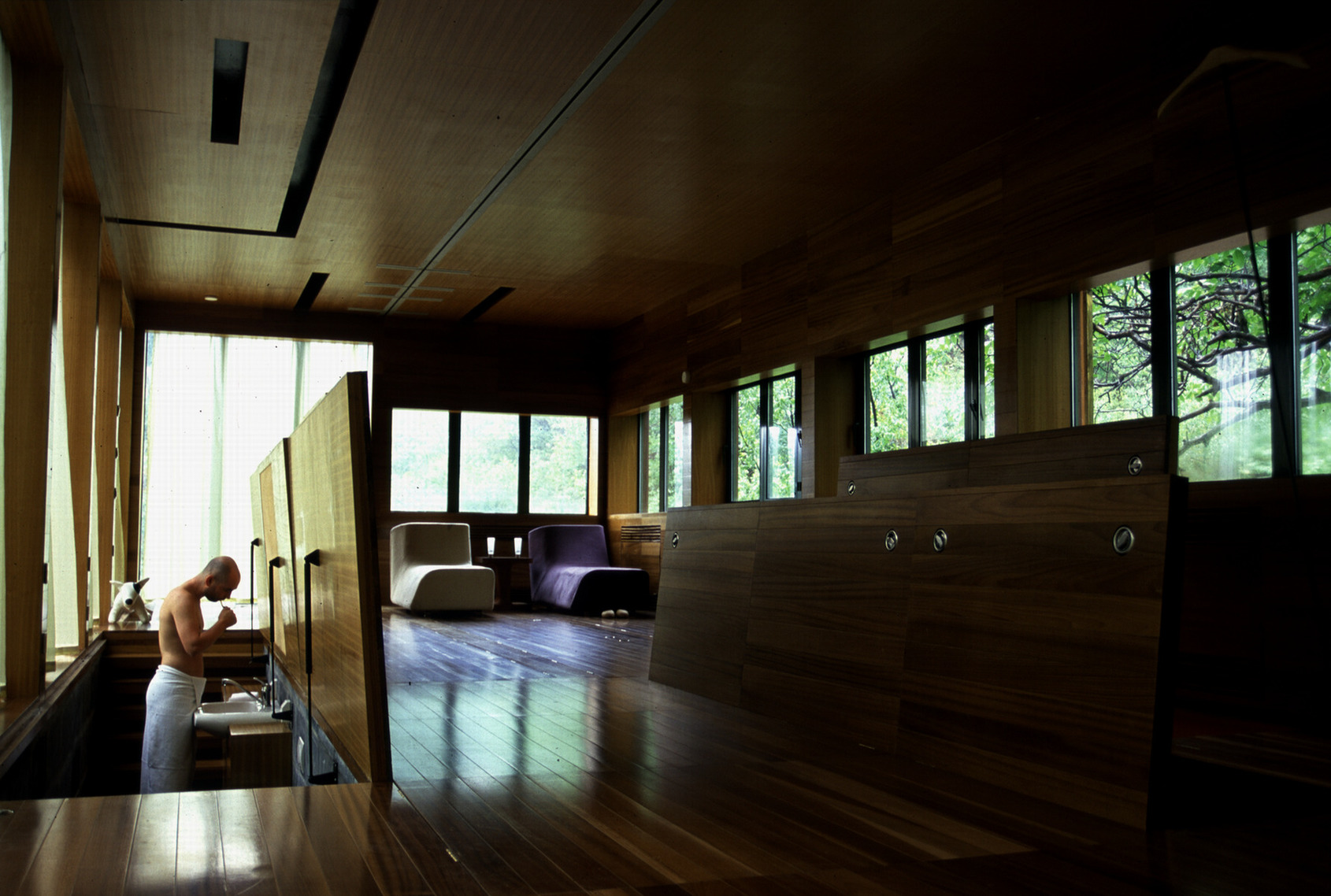
Suitcase House, 2002 © Gray Chang
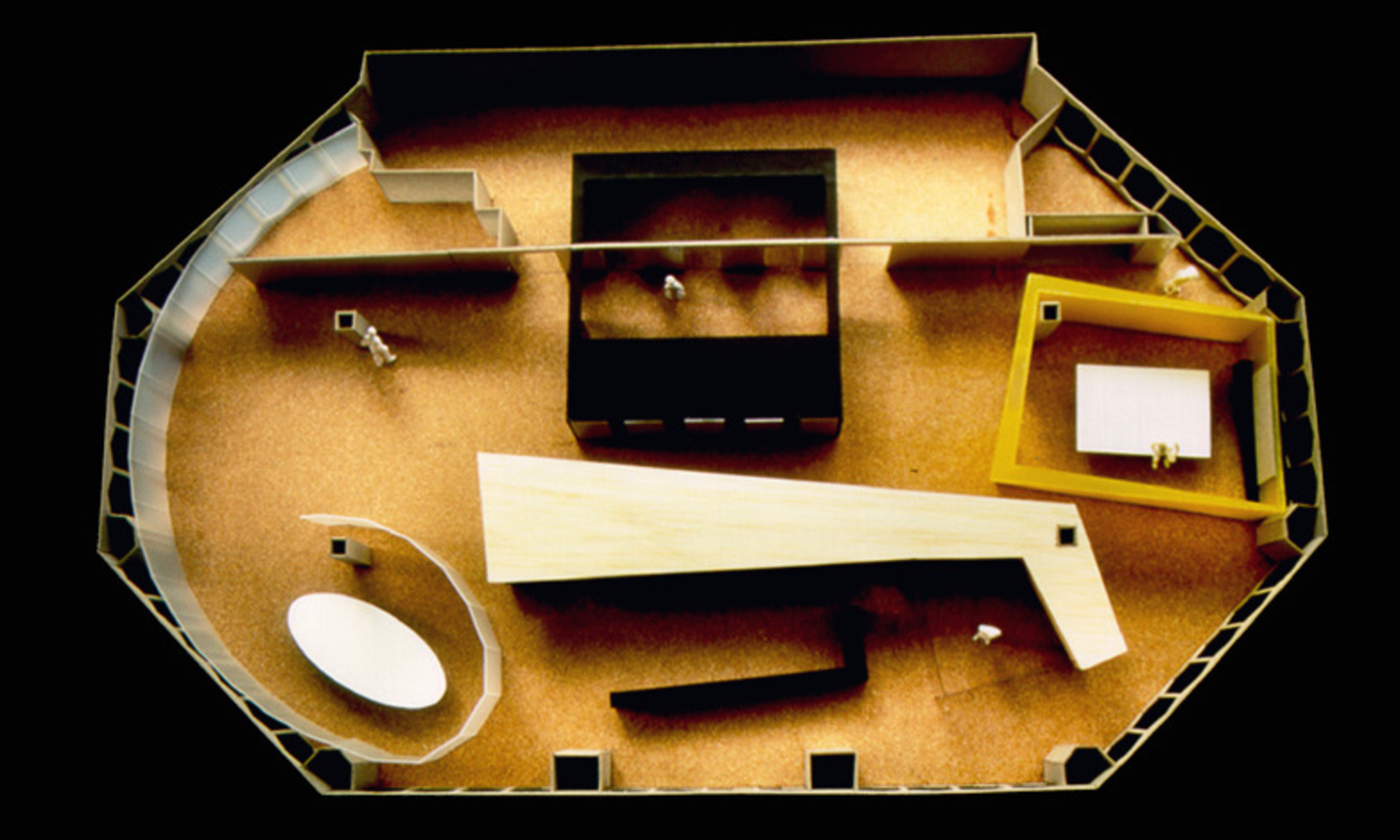
HKIA and Architects Registration Board Office,1997 © Gray Chang
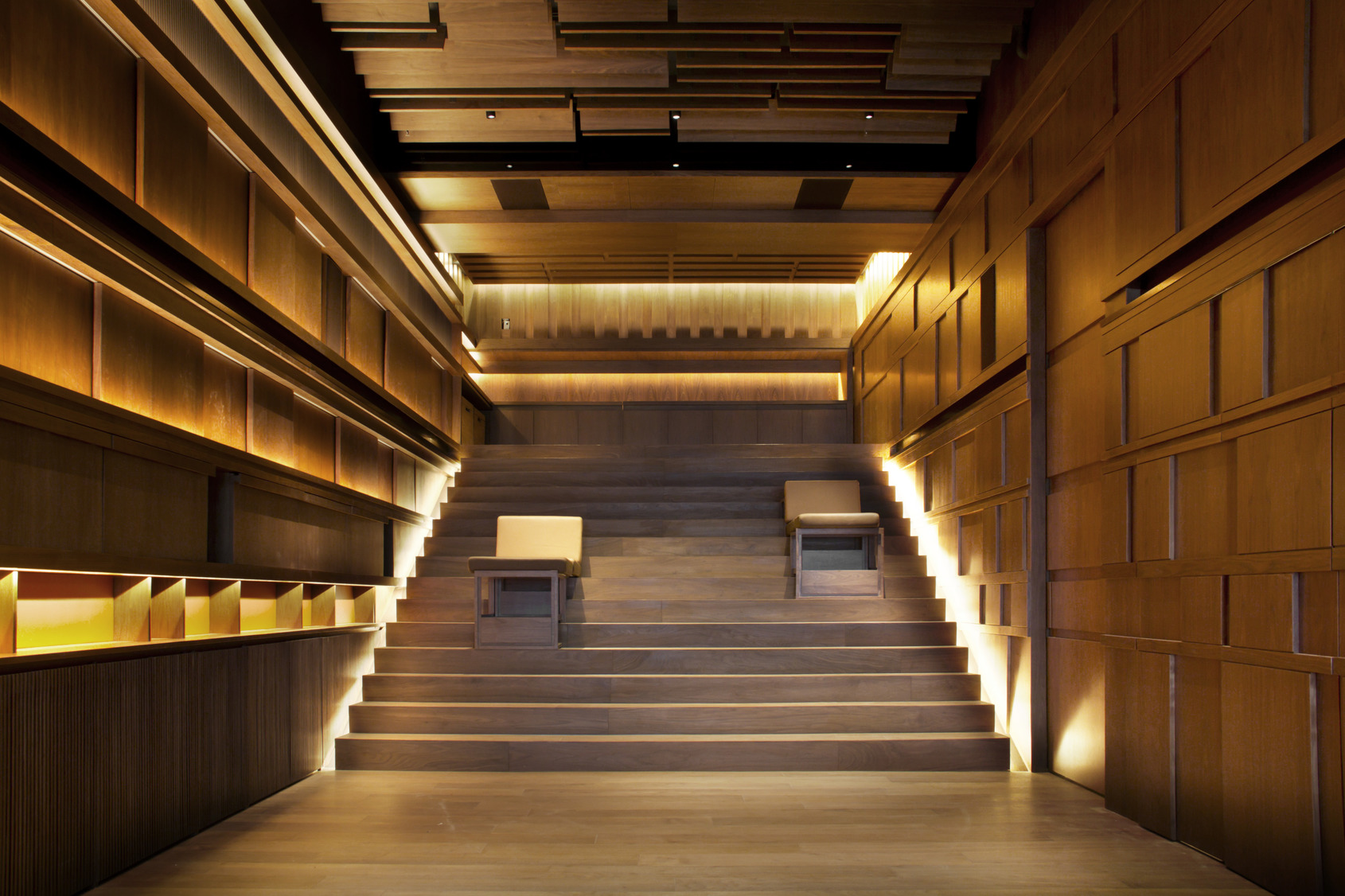
Private Music Studio, 2016 © Gray Chang
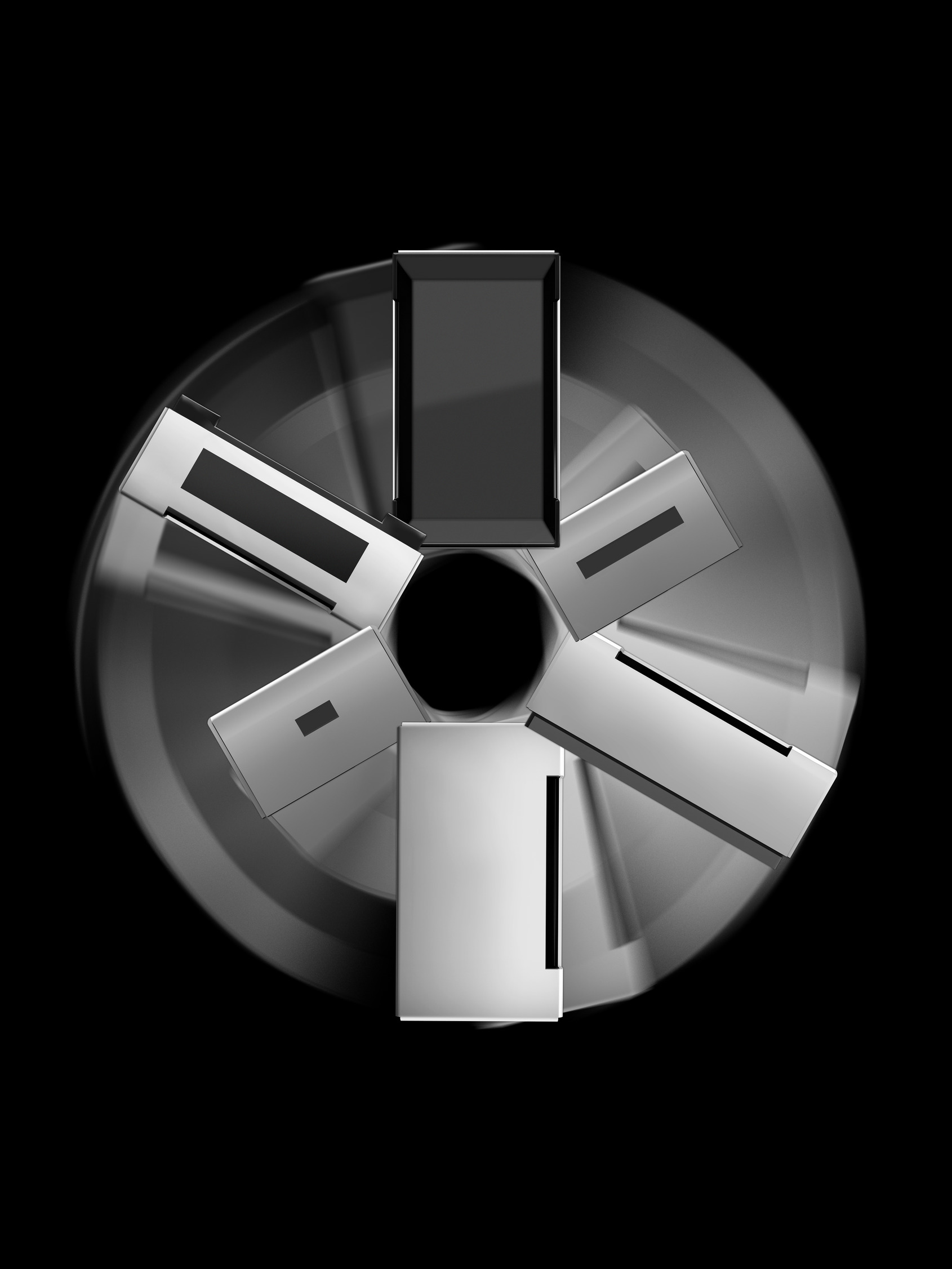
Trick and Treat, 2011 © Gray Chang